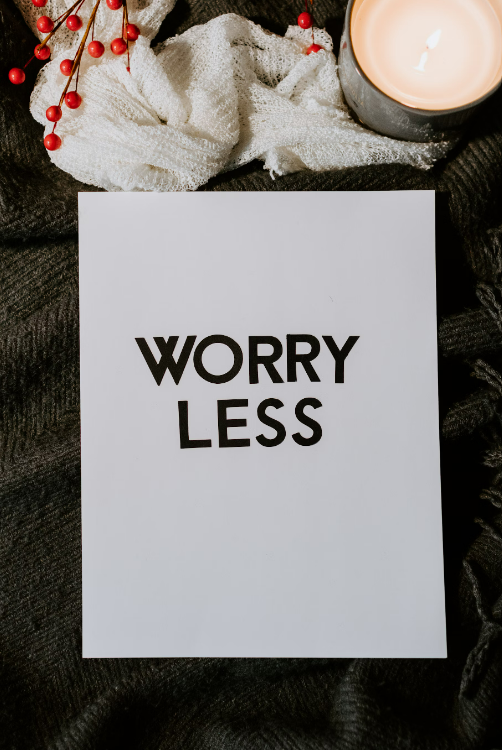Anxiety is a natural response to stress, but when it becomes overwhelming, it can interfere with daily life. Managing anxiety requires a combination of strategies that address your mind, body, and habits. Here are ten proven techniques to help reduce anxiety and promote a sense of calm.
1. Practice Deep Breathing
- Why It Works: Deep breathing activates the parasympathetic nervous system, which counteracts the stress response.
- How to Do It:
- Inhale deeply through your nose for 4 seconds.
- Hold your breath for 4 seconds.
- Exhale slowly through your mouth for 6 seconds.
- Repeat for 5–10 minutes.
2. Engage in Mindfulness Meditation
- Why It Works: Mindfulness helps you focus on the present moment, reducing racing thoughts that fuel anxiety.
- How to Start:
- Sit in a quiet space.
- Close your eyes and focus on your breath or a calming word.
- Gently bring your focus back when your mind wanders.
3. Exercise Regularly
- Why It Works: Physical activity reduces cortisol levels and releases endorphins, which improve mood.
- What to Do:
- Try a 30-minute brisk walk, yoga, or any activity you enjoy.
- Aim for at least 3–5 days a week.
4. Limit Caffeine and Sugar
- Why It Works: Stimulants like caffeine can exacerbate anxiety symptoms, including jitteriness and rapid heartbeats.
- How to Adjust:
- Opt for herbal teas or decaffeinated coffee.
- Eat balanced meals with complex carbs to maintain steady energy levels.
5. Use Visualization Techniques
- Why It Works: Imagining a peaceful scene can help distract and relax your mind.
- How to Do It:
- Close your eyes and picture a calming place (beach, forest, etc.).
- Engage all your senses: feel the breeze, hear the sounds, and see the colors.
6. Write in a Journal
- Why It Works: Writing helps you process emotions and identify anxiety triggers.
- What to Write:
- List what’s causing your anxiety.
- Write down possible solutions or positive affirmations.
- Reflect on things you're grateful for.
7. Challenge Negative Thoughts
- Why It Works: Anxiety often stems from irrational fears or distorted thinking.
- How to Do It:
- Identify negative thoughts (e.g., "What if I fail?").
- Replace them with rational ones (e.g., "I’ve prepared, and I can handle this.").
- Use logic to counteract "worst-case scenario" thinking.
8. Practice Grounding Techniques
- Why It Works: Grounding redirects your focus from anxiety to the present moment.
- Example: The 5-4-3-2-1 technique:
- Identify 5 things you can see.
- Identify 4 things you can touch.
- Identify 3 things you can hear.
- Identify 2 things you can smell.
- Identify 1 thing you can taste.
9. Connect with Support
- Why It Works: Talking to others can provide relief and perspective.
- Who to Turn To:
- Trusted friends or family members.
- Support groups or therapy (in-person or online).
- A mental health professional for deeper concerns.
10. Create a Self-Care Routine
- Why It Works: Taking care of yourself helps build resilience against stress.
- Ideas:
- Prioritize sleep (7–9 hours per night).
- Spend time doing hobbies you love.
- Incorporate relaxation techniques like baths, aromatherapy, or soft music.
Additional Tips
- Set Boundaries: Learn to say no to avoid overwhelming commitments.
- Avoid Perfectionism: Accept that it’s okay to make mistakes.
- Stay Informed: Educate yourself about anxiety to better understand and manage it.
When to Seek Help
If anxiety interferes with your daily life, consider reaching out to a mental health professional. Cognitive Behavioral Therapy (CBT) and medication are highly effective treatments for chronic anxiety.
Conclusion
Anxiety doesn’t have to control your life. By incorporating these techniques, you can develop tools to calm your mind and regain your balance. Consistency is key—experiment with these methods to find what works best for you.



